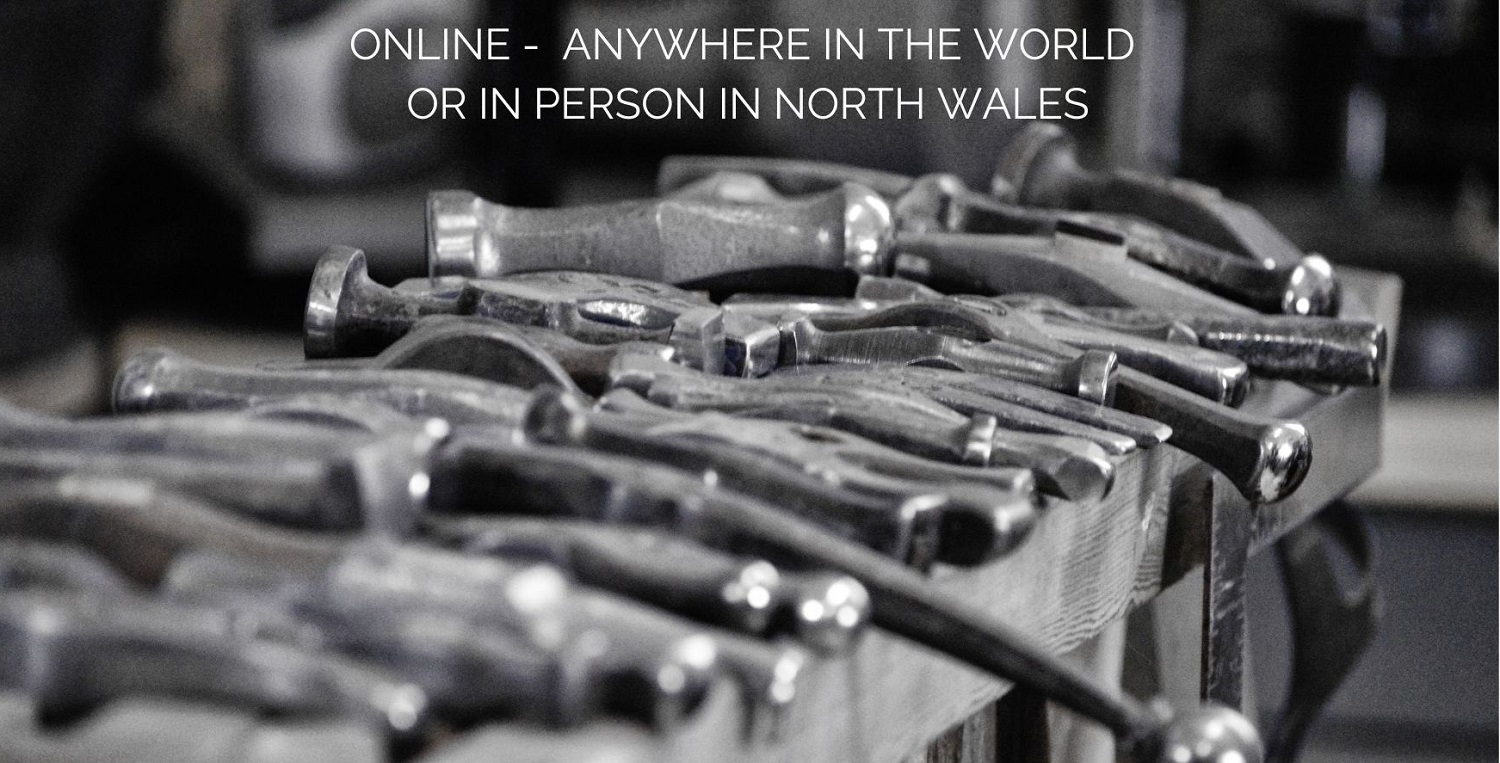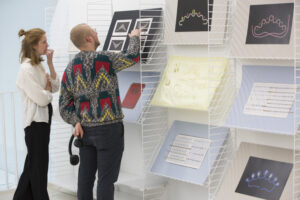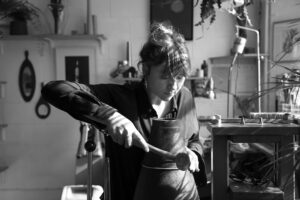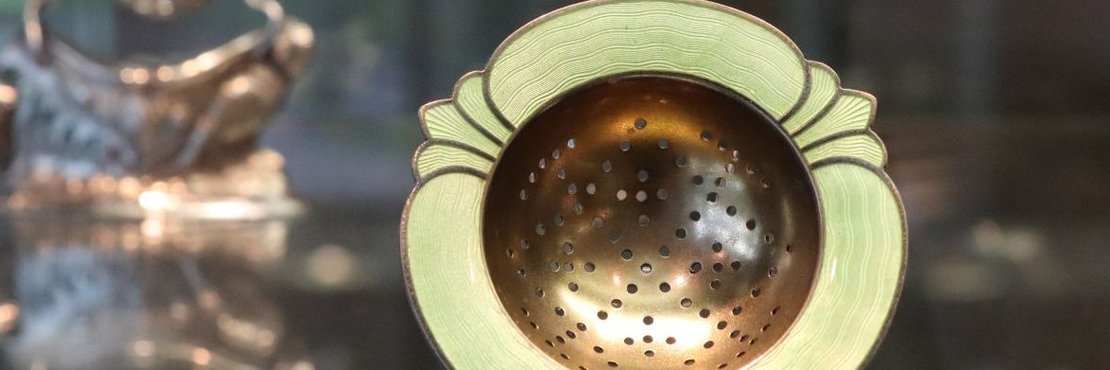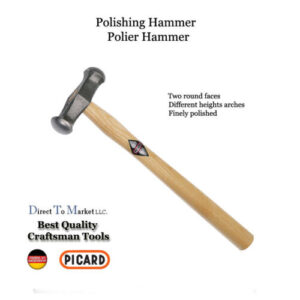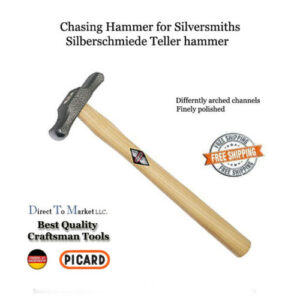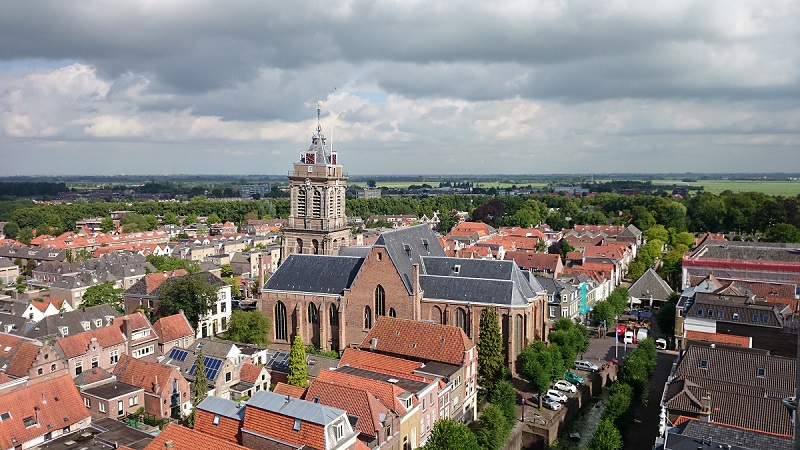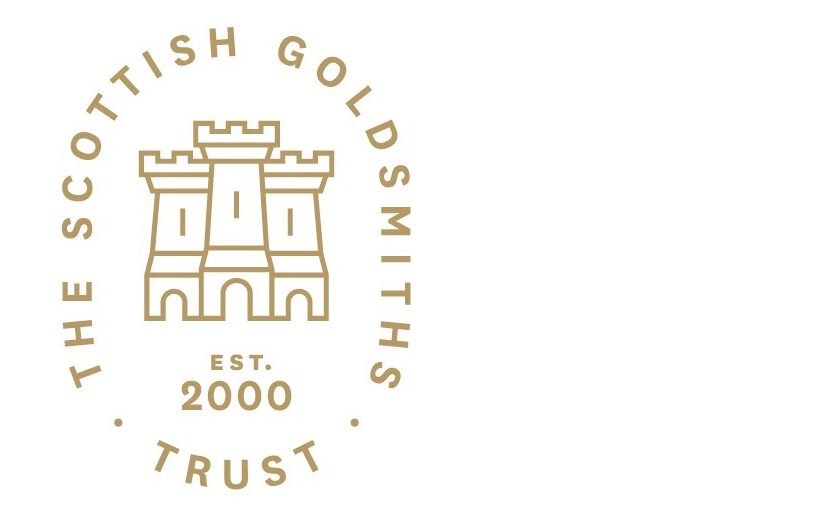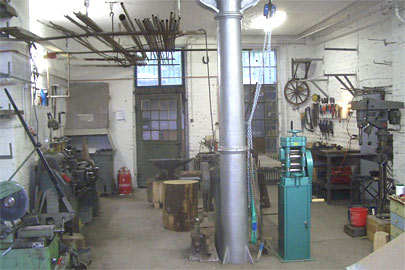Wo hört der Nutzen auf, und wo beginnt das Spiel jenseits der Funktion? Es ist längst nichts Neues mehr, dass einige Vertreterinnen und Vertreter der zeitgenössischen Silber- und Goldschmiedekunst den klassischen Kanon ihrer eigenen Disziplin, ihrer historischen Wurzeln und Traditionen hinterfragen. Da entstehen wilde Dinge, die gold- und silberschmiedische Tabus verletzen, die von Ungehorsam, von Regelverletzung zeugen. »Da geraten goldene Regeln ins Wanken, ästhetische Normen werden diskutiert oder persifliert. Das Gerät, der Schmuck, das Objekt verwandeln sich in Paraphrasen ihrer jeweiligen Materie«, erläutert Kuratorin Ellen Maurer Zilioli. Gesellschaftliche, kulturelle, politische Kritik begleiten diese Tendenzen.
Die Schau zeigt Schmuck, Gerät und Objekte, die übliche Sichtweisen in Frage stellen. Beteiligt sind insgesamt 28 Künstlerinnen und Künstler, darunter Karen Pontoppidan und David Clarke, Myra Mimlitsch-Gray, Beatrice Brovia oder Nicolas Cheng.
Sie alle bewegen sich in einem Zwischenraum, der kulturelle Verkoppelungen erlaubt. Ihre Objekte, ihre Formfindungen lassen sich auf diesem feinen Grat ansiedeln, wo Definitionen und herkömmliche Vorstellungen das Fundament eines höchst intelligenten und vielschichtigen Nachdenkens zum Gerät, Gefäß und zum Schmuck überhaupt bilden, aber gleichzeitig immer verlassen oder modifiziert werden.
Beteiligte Künstler und Künstlerinnen:
Tobias Alm, Sawa Aso, Astrid Becksteiner-Rasche, Naama Bergman, Tobias Birgersson, Betrice Brovia/Nicolas Cheng, David Clarke, Kanako Ebisawa, Ute Eitzenhöfer, Åsa Elmstam, Anne Fischer, Karolina Hägg, Nils Hint, Katerina Jirsowa, Anders Ljungberg, Katerina Michalkova, Myra Mimlitsch-Gray, Eija Mustonen, Markus Pollinger, Karen Pontoppidan, Anna Rikkinen, Hans Stofer, Vivi Touloumidi, Tarja Tuupanen, Luzia Vogt, Stella Wanisch, Jing Yang
Bei der Ausstellung erschient ein Ausstellungskatalog.
06.10.2023 – 11.02.2024 Schmuckmuseum Pforzheim, Jahnstraße 42, 75173 Pforzheim
